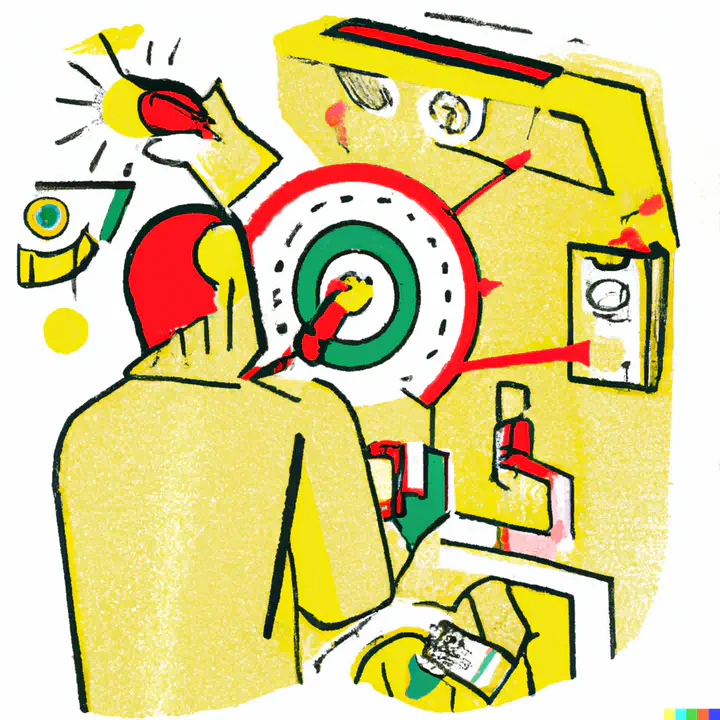Cracking the Code: Enhancing Development Project Classification with NLP on OECD CRS data.
Mar 22, 2024
 Created with assistance of DALL·E 2
Created with assistance of DALL·E 2Pierre Beaucoral
PhD Candidate in Development Economics
I’m a development economist in training at CERDI. I spend most of my time debugging my R and Python codes trying to understand where “climate money” goes, what it is for, what it changes locally, and how data and ML can help answer these questions.
Publications
Events
Leveraging Artificial Intelligence for Enhanced Insights into Development Finance: A Focus on Climate Finance estimation
Feb 13, 2025 2:00 PM — 3:00 PM
Laboratoire d'Informatique, de Modélisation et d'Optimisation des Systèmes
Better classification of international development finance for a better understanding of climate finance: the role of machine learning.
Dec 20, 2023 12:00 PM — 1:00 PM
UCA school of economics
